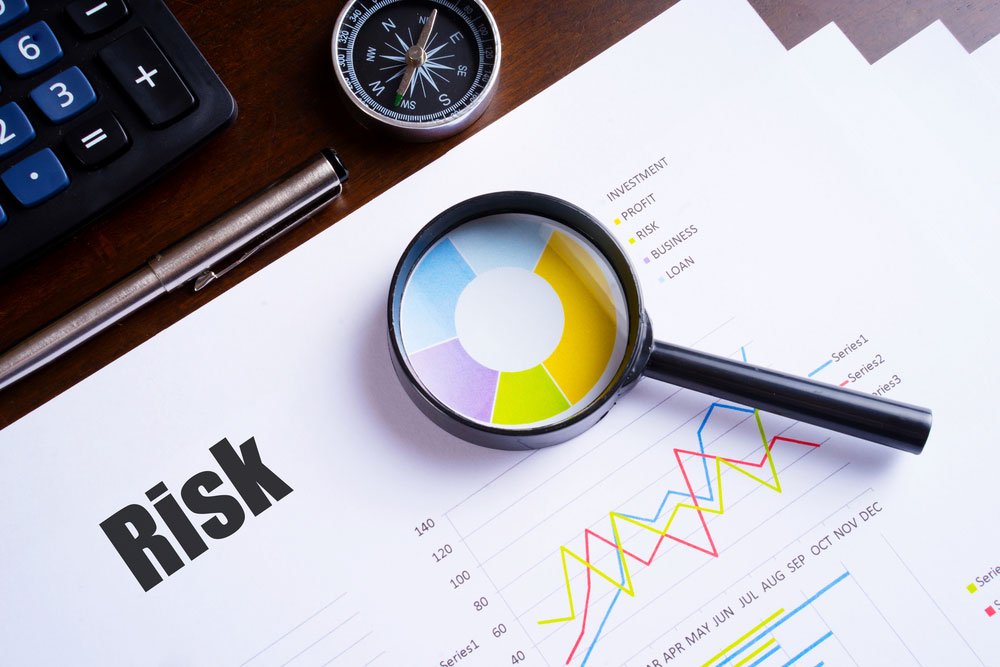Risk has a negative stigma attached to it. It’s often viewed as something that should be avoided at all costs. However, a risk is not inherently bad. As entrepreneurs, it’s important that we understand that risk is an essential part of doing business. Understanding risk is the only way we can build a business that grows beyond its initial glass ceiling.
The Monumental Difference Between Risk and Uncertainty
Uncertainty is often associated with risk but the two are vastly different. The level of risk that we endure is directly related to the probability of specific outcomes. Higher risks just mean that there is a lower probability of actually achieving the goal. We understand that fact, but sometimes the low probability is worth the potential rewards. In other words, it’s okay to take a path that has a low chance of success as long as the potential rewards are worth the likely failure.
On the other hand, if you are uncertain about the probability of failure versus success then that would-be uncertainty, not the risk.
Now that you understand the difference between risk and uncertainty, we can start to evaluate potential business risks. One of the best tools for doing that is going to be using financial models.
Why is Financial Modelling Always Associated with Risk Management?
One of the first rules that you must understand when it comes to financial models is that they need to be completely free of errors. To achieve that end, you need to keep it as simple as possible. Following that key principle will help you create reliable models.
Businesses tend to base most of their risk management on financial models. This is done in all three major sectors of business:
- Corporate Risk
- Capital Risk Evaluation
- Project Risk Evaluation
There are a number of reasons why businesses use financial modelling, the foremost reason being that it’s very easy to create accurate financial models using spreadsheets. That’s not the only reason though. Others include immediate feedback, clean presentation, the ability to link with databases, and the ease in which graphics can be created.
The actual practice boils down to six easy to follow steps that can be broken down into two very distinct phases. Let’s look at those now.
Phase 1: Risk Assessment
This is the phase where we identify potential risks and prioritise them.
Step 1: Identify Risks: Here, you will use your financial models to create a list of specific risks that might compromise a new project. Put these all on a list.
Step 2: Risk Analysis: Now we go through the list created in the previous step to determine the probability of losing money. Performance models and cost models are two examples of risk analysis reports that we see a lot of business.
Step 3: Risk Prioritisation: Once we have more information, we can rank the risks. Start a new list with each risk listed in order of probability, starting with the most likely to lose money.
Phase 2: Risk Control
This phase allows us to use the information gathered in the previous step to put in controls to limit our exposure to the risks listed in the previous phase.
Step 4: Risk Management: Create resolutions for each risk listed above. This will likely include new budgeting, resolution techniques, and outlines.
Step 5: Risk Resolution: If there are any risks that can be outright eliminated, then we will list those steps here.
Step 6: Risk Monitoring: We have to track each risk that cannot be resolved. Take corrective action when necessary.
If your business does not have a risk management plan in place, then you should make creating one a high priority.

